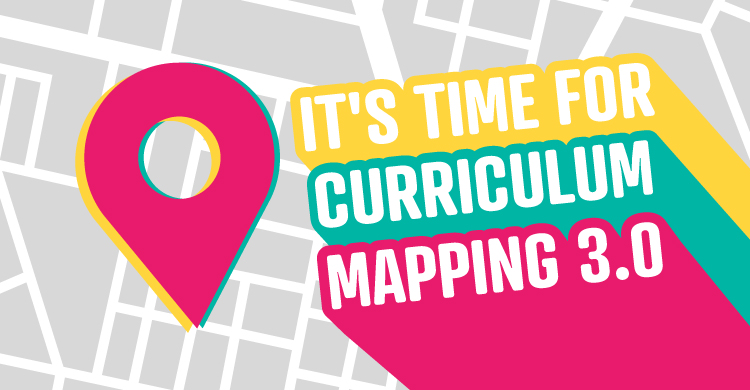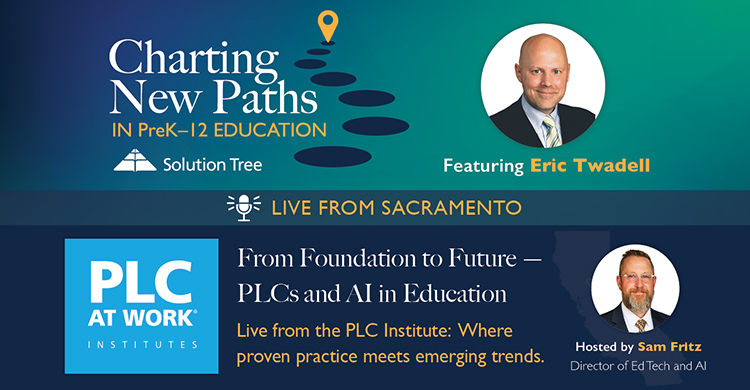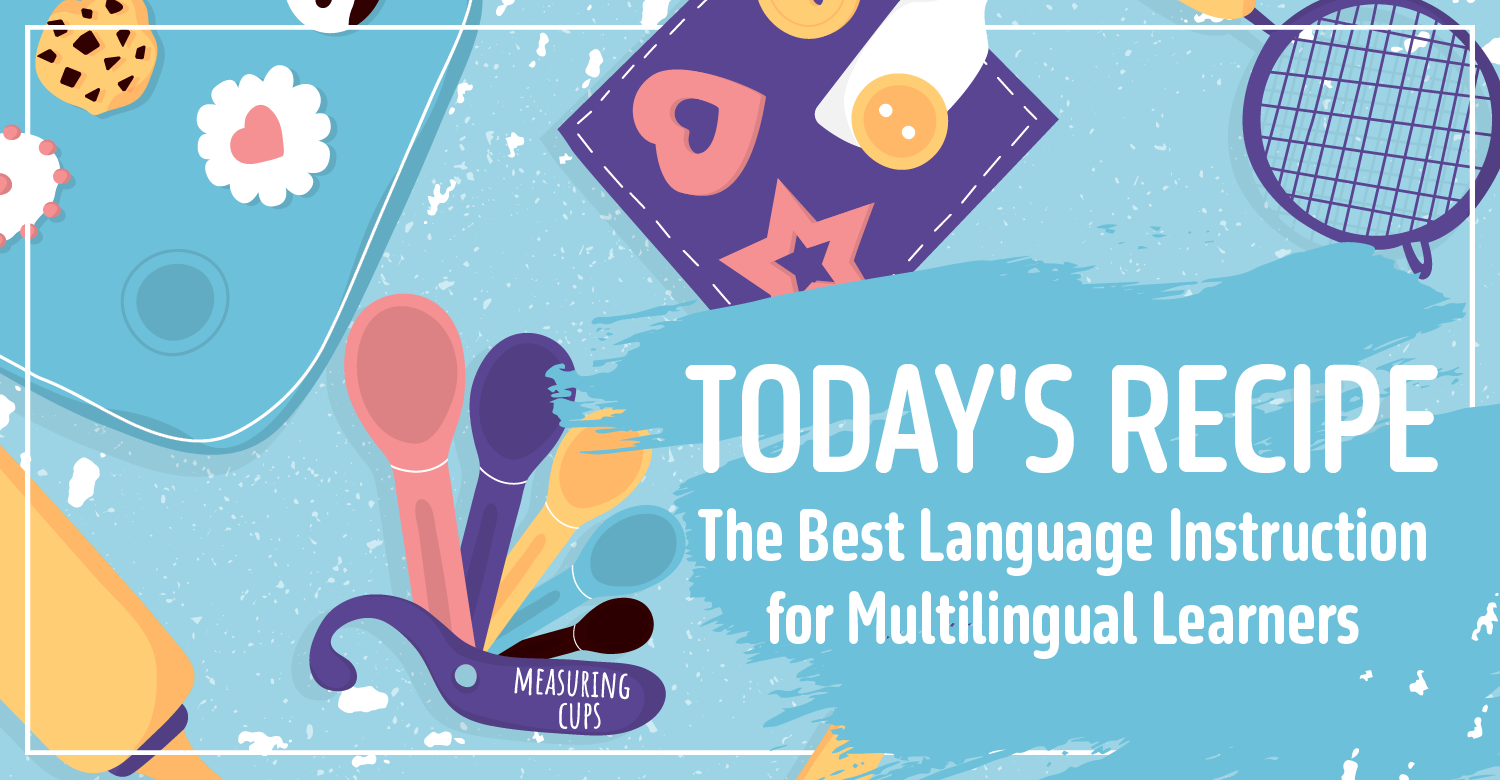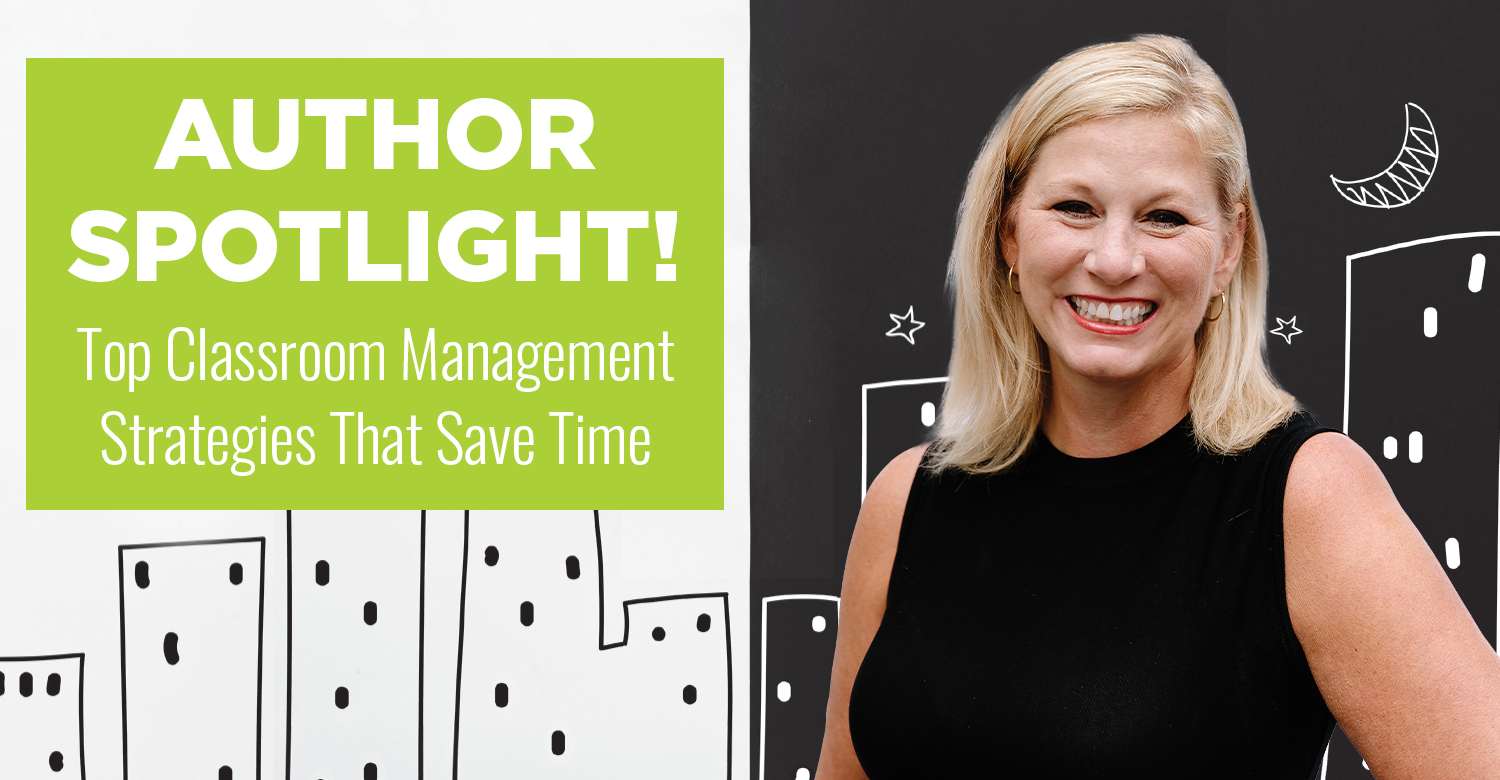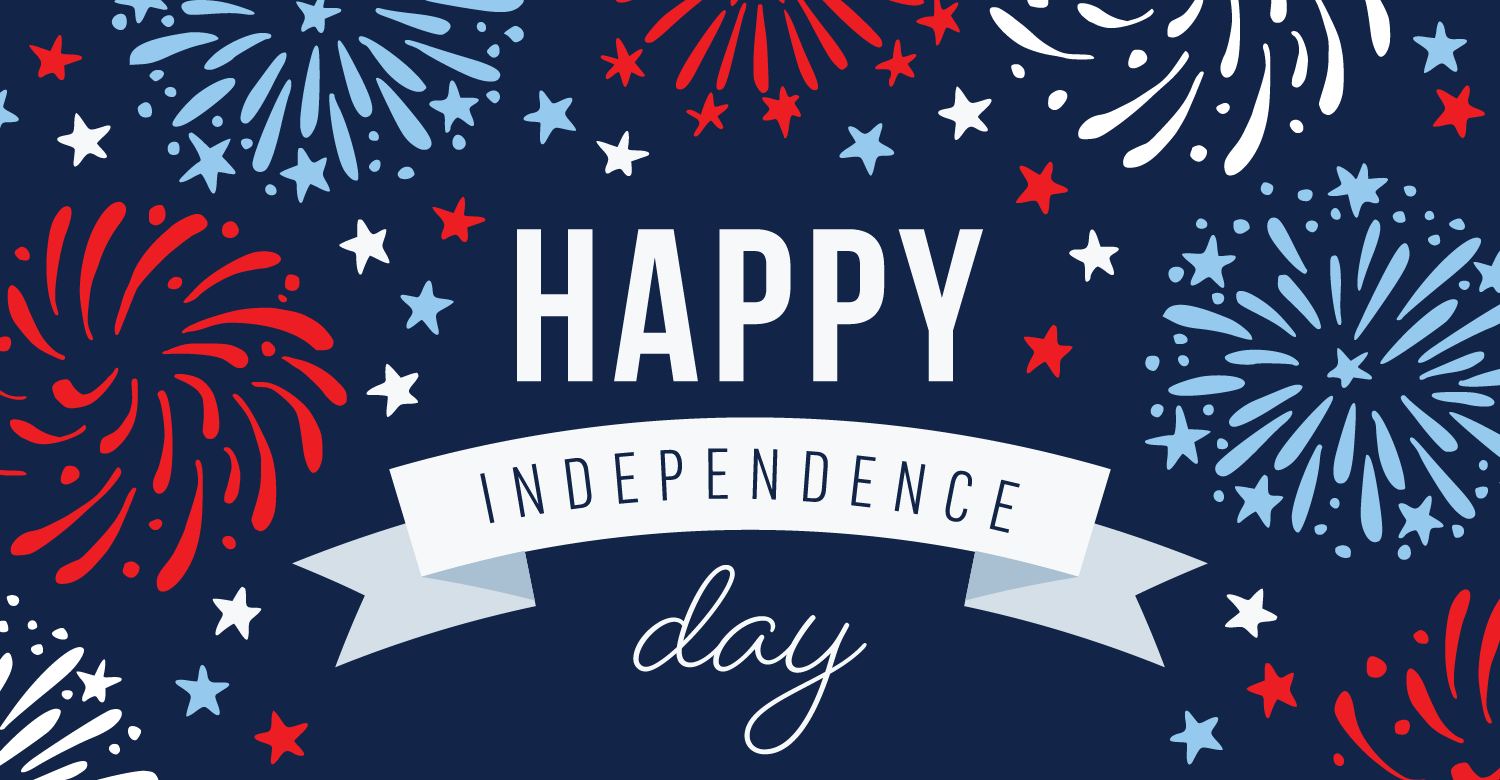Curriculum mapping is a well-established process for helping to ensure a “guaranteed” curriculum. Unlike a lesson plan that focuses on specific learning objectives for a single session, a curriculum map records curriculum content over time, often for an entire school year. Typically, a curriculum map identifies content (i.e., what will be taught), along with when, and for how long it will be taught.
Historically, there have been two major iterations of the curriculum mapping process. I propose that we are ready for a third. However, I’ll begin by reviewing the first two versions before describing Mapping 3.0.
Curriculum Mapping 1.0: Diary Mapping by Teachers
Fenwick W. English (1980) introduced the idea of mapping the curriculum in the late 1970s as a means of revealing what teachers were actually teaching. However, the widespread application of curriculum mapping didn’t occur until the late 1990s, when Heidi Hayes Jacobs’s influential book, Mapping the Big Picture: Integrating Curriculum and Assessment K–12, propelled it forward (Jacobs, 1997). The first generation of curriculum mapping involved teachers generating personal diary maps on which they recorded their unit topics and skills on a calendar map to show what they taught, when they taught it, and for how long. This recording of the taught curriculum set the stage for teachers to then meet in grade-level and department teams to share and compare their individual maps to check for horizontal alignment across a grade or course (e.g., asking, “Are any important topics or skills being missed?”). Diary mapping also enabled a vertical look at the curriculum across the grades, whereby curriculum teams could spot gaps (e.g., “We discovered that no one is teaching students how to write a research paper in high school.”) as well as recognize unproductive redundancies (e.g., “We found that a unit on dinosaurs is being taught in kindergarten and grade 2.”) During this era, curriculum mapping software programs emerged, providing educators with electronic tools for easily entering and storing the maps, updating the curriculum, and generating a variety of reports to check for alignment.
Curriculum Mapping 2.0: Standards-Based Mapping
The second generation of curriculum mapping kicked in as states developed standards in the various disciplines that were meant to serve as the goals for local curricula. Sometimes referred to as consensus mapping (Jacobs, 2004), this next iteration involved grade-level and department teams working together to review the standards and agree on the overall curriculum content and sequence to ensure that the curriculum was aligned with the standards, both horizontally and vertically. Some districts and schools went further, coupling the standards-based curriculum maps with pacing guides that specified the amount of time teachers should spend on designated topics and skills.
Curriculum Mapping 3.0: Mapping Performances
Both diary and consensus mapping were valuable in their times. However, both approaches focused on identifying curriculum “inputs”—typically lists of topics or grade-level standards—mapped on a calendar to specify what teachers will teach. I propose that it is now time for a revised conception of curriculum, one that focuses on desired student performances that reflect the most important goals of a modern education. Rather than asking, “What will we teach in the curriculum?” (indicating a focus on content inputs), the fundamental curriculum question becomes, “What should students be able to do with their learning?” (indicating a focus on student performance). In other words, what if we structured (i.e., mapped) the curriculum around authentic tasks and projects?
Authentic tasks call for students to apply (transfer) their learning within a realistic and relevant context. Such tasks include a clear purpose, a target audience, and genuine constraints (e.g., schedule, budget, word count). Since these tasks are typically open-ended, they frequently offer opportunities for students to work toward their strengths and be creative. Here are just a few examples of the kinds of performance tasks that can be mapped across the grades:
- Prepare and present a multimedia Ted Talk on a researched topic.
- Compose an original story on a theme to present to younger students. Older students could develop a screenplay.
- Create a mathematical model to represent a “real-world” phenomenon.
- Conduct a scientific investigation to explore a phenomenon or answer a question (e.g., “Which brand of paper towels is most absorbent?”)
- Prepare a Public Service Announcement to encourage citizens to… (e.g., vote, conserve water, volunteer).
- Develop a how-to guide to teach others a skill or process that you know. Older students could develop a technical manual (e.g., for a new software app).
- Consider a contemporary issue, research different perspectives, identify your position, and develop your argument, supported by reasons and evidence.
- Critically appraise information and claims found on websites and social media.
- Create an infographic to explain… (e.g., how a bill becomes a law, exponential spread of a virus).
- Create a work of art in a chosen medium to express your thoughts or feelings.
- Propose and conduct a “passion project” on a topic of personal interest.
One of the key features of Curriculum Mapping 3.0 is that the various performance genres (e.g., writing for varied purposes and audiences, investigation, artistic expression, design thinking) will recur across the grades. Just as learning a sport or a musical instrument requires multiple opportunities to practice and perform, students will achieve proficiency on sophisticated skills such as writing, research, problem solving, argumentation, and oral communication only through ongoing opportunities to learn, refine, and apply these skills to increasingly complex situations across the grades.
Mapping the curriculum around a coordinated set of authentic tasks identified for each grade and course offers noteworthy benefits. Such a system of authentic tasks can:
- Engage students in rich and motivating learning experiences. Since these open-ended tasks are set in genuine, real-world contexts they contribute to student motivation and engagement in three ways: (1) students are more likely to see purpose and relevance when they are working on things that are valued in the world beyond the classroom; 2) students are more likely to recognize the need to learn foundational content and basic skills as requisites for authentic work; and (3) learners are more engaged in schoolwork that allows them some “voice and choice” and connects to their interests and talents.
- Shift teaching away from a content “coverage” approach. A curricular focus on performance encourages teaching that prepares students to apply their learning across new and varied situations. Think of coaching in athletics—coaches recognizing that their job is to prepare their players for the game (authentic performance), not to cover the playbook page by page!
- Naturally integrate the “21st century skills” with disciplinary content and skills. Skills that are highly valued in the world beyond the school, and that are often identified in a Portrait of a Graduate (e.g., critical thinking, collaboration, communication, innovation), need to be developed and assessed—by design—within the curriculum.
- Provide evidence of valued learning outcomes (argumentation, design thinking, multi-media communications, historical inquiries, scientific investigations, collaborative community projects) that are not adequately measured on standardized tests. Without a systematic way to collect evidence to track students’ growth on these important outcomes, they can easily fall through the cracks of conventional teaching and assessment.
- Support the development of digital portfolios that educators and students can assemble to capture evidence of genuine accomplishments by learners across their school careers.
- Help establish a culture of continuous improvement when professional learning communities (PLCs) meet periodically to evaluate student work on the common performance tasks/projects and share their ideas for improving areas of weakness (DuFour, 2004). Additionally, the regular use of PLC teams offers an antidote to the isolation of the classroom, fosters a collaborative culture of continuous improvement, and establishes a professionally enriching, results-oriented environment (McTighe, 2008).
Conclusion
It is my contention that a modern curriculum should be directed toward preparing students for transfer—to be able to apply their learning to the new opportunities and challenges they will face in an increasingly complex, interconnected, and unpredictable world. Accordingly, we can map the curriculum by identifying the key transfer performances that honor the standards, involve 21st century skills, and provide evidence of deep learning.
My longtime writing partner Grant Wiggins once opined that students should graduate with a resume of accomplishments, not just a record of Carnegie Units, seat time, and a GPA. By mapping the curriculum around authentic performance tasks, we can realize his vision. Now is the time to bring this idea to fruition.
DuFour, R. (2004). What is a professional learning community? Educational Leadership, 61 (8), 6–11.
Jacobs, H. H. (1997). Mapping the big picture: Integrating curriculum and assessment K–12. Alexandria, VA: ASCD.
Jacobs, H. H. (Ed.). (2004). Getting results with curriculum mapping. Alexandria, VA: ASCD.
McTighe, J., Doubet, K. & Carbaugh, E. (2020). Designing authentic performance tasks and projects: Tools for meaningful learning and assessment. Alexandria, VA: ASCD.
McTighe, J. & Curtis, G. (2019). Leading modern learning: A blueprint for vision-driven schools (2nd edition). Bloomington, IN: Solution Tree.
McTighe, J. (2008). Making the most of professional learning communities. The Learning Principal, 3(8), 4–7.


